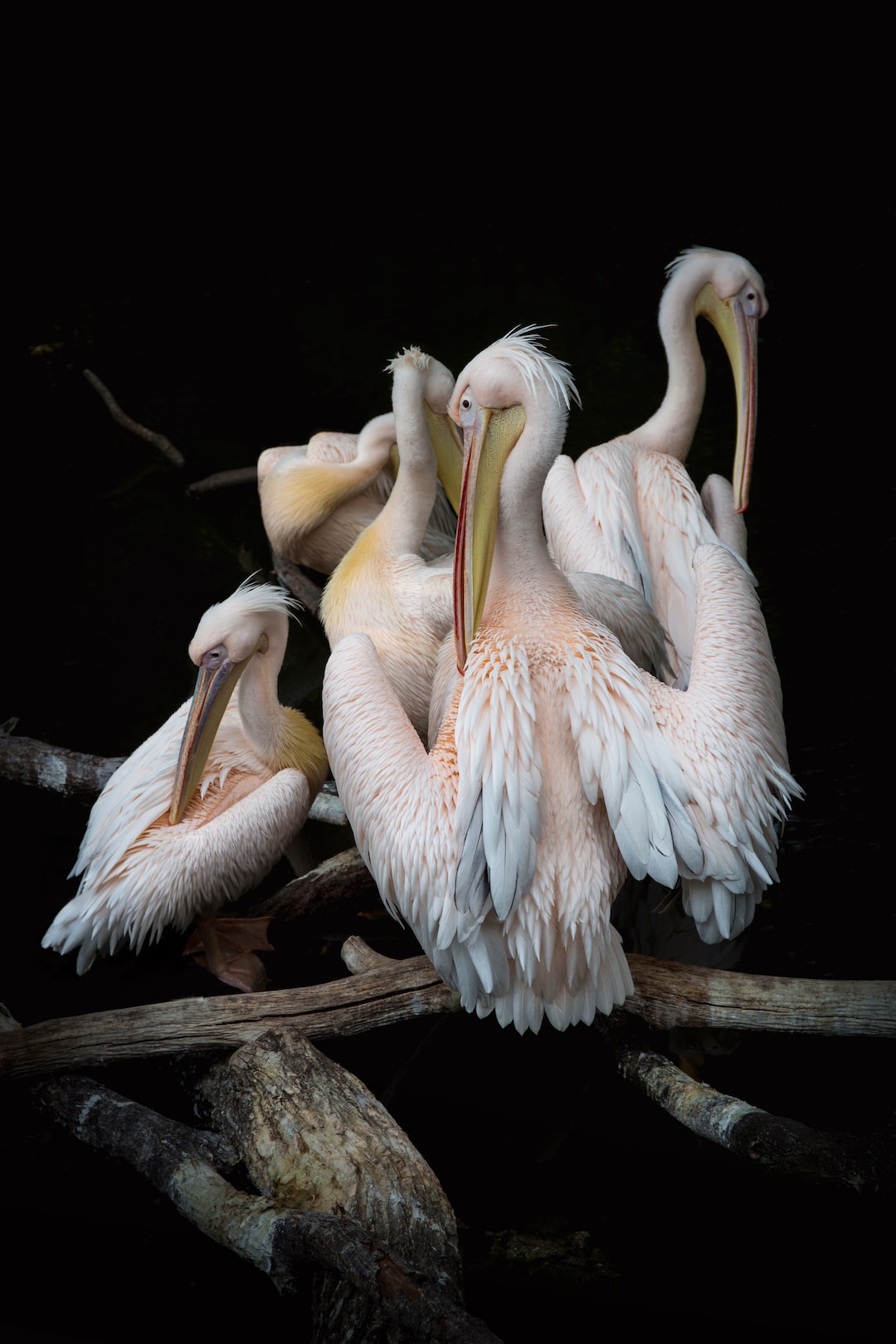The Science of Animal Migration: Where, How, and Why They Travel
Animal migration is one of the most fascinating phenomena in the natural world. From the smallest insects to the largest marine creatures, many species exhibit this complex behavior of long-distance travel. The science behind animal migration unveils an intricate web of reasons, mechanisms, and destinations. In this blog post, we will explore the where, how, and why behind animal migration.
When it comes to the where, it is astounding to discover the vast distances these creatures cover. Migration occurs across all continents, through oceans, forests, and deserts. Different species have specific routes they follow, often guided by an intricate internal compass influenced by various environmental cues. For example, the monarch butterfly, with its delicate wings, travels over 3,000 miles each year from North America to Mexico, guided by a combination of sunlight and Earth’s magnetic fields. Similarly, many bird species embark on great journeys, migrating thousands of miles to reach their breeding grounds. The sheer scope and diversity of these travel routes are a testament to the resilience and adaptability of these animals.
Understanding the how of animal migration involves delving into the mechanisms that enable these incredible journeys. While each species has its unique adaptations, there are a few common strategies that aid in their long-distance travels. Navigation plays a crucial role, with animals utilizing a range of tools, including celestial cues, landmarks, and even olfactory senses. Birds, for instance, use landmarks and magnetic fields to find their way. Some species, such as salmon, have advanced olfactory systems that allow them to return to their birthplaces after years of roaming distant oceans. Energy conservation is another key component of migration. Many migratory animals undergo physiological changes to optimize their energy usage during their travels. This can include reducing metabolic rates and going into a state of torpor to minimize energy expenditure. Overall, exploring the mechanisms behind migration sheds light on the remarkable adaptations these animals possess to conquer such challenging journeys.
Now, let’s delve into the why of animal migration – the evolutionary advantages and ecological significance that drive this behavior. Migration serves various purposes, often interconnected and dependent on the specific species and their habitats. Food availability plays a significant role, as many animals embark on long journeys to find abundant feeding grounds. For example, wildebeest in the Serengeti migrate in search of fresh grass and water, while humpback whales travel thousands of miles to feed in nutrient-rich polar waters. Breeding is another fundamental reason behind migration. Animals migrate to reach suitable locations for reproduction and create favorable conditions for the survival of their offspring. This is evident in the case of sea turtles, which migrate long distances to lay their eggs on specific beaches. Migration also aids in escaping harsh climates, such as cold winters or droughts, by seeking more hospitable environments. Furthermore, migratory species play crucial roles in the ecosystems they travel through, serving as seed dispersers, pollinators, or predators, thereby maintaining ecosystem dynamics.
The study of animal migration is not only academically intriguing but also holds practical applications. Understanding the movements of species can inform conservation efforts, as migration routes often cross national borders and require international cooperation for protection. Additionally, migration patterns can serve as indicators of ecosystem health and the impacts of climate change. With our changing environment, altered migratory routes and timing can have cascading effects on other species and ecosystems, making it vital for scientists to monitor and study these changes.
In conclusion, the science of animal migration unveils a captivating world of long-distance travel and incredible adaptations. From the various destinations animals seek to the mechanisms that enable their journeys, migration is a testament to the marvels of the natural world. Understanding the where, how, and why behind animal migration not only allows us to appreciate the complexity of these behaviors but also highlights the importance of protecting and preserving the habitats and ecosystems that support these remarkable journeys.

